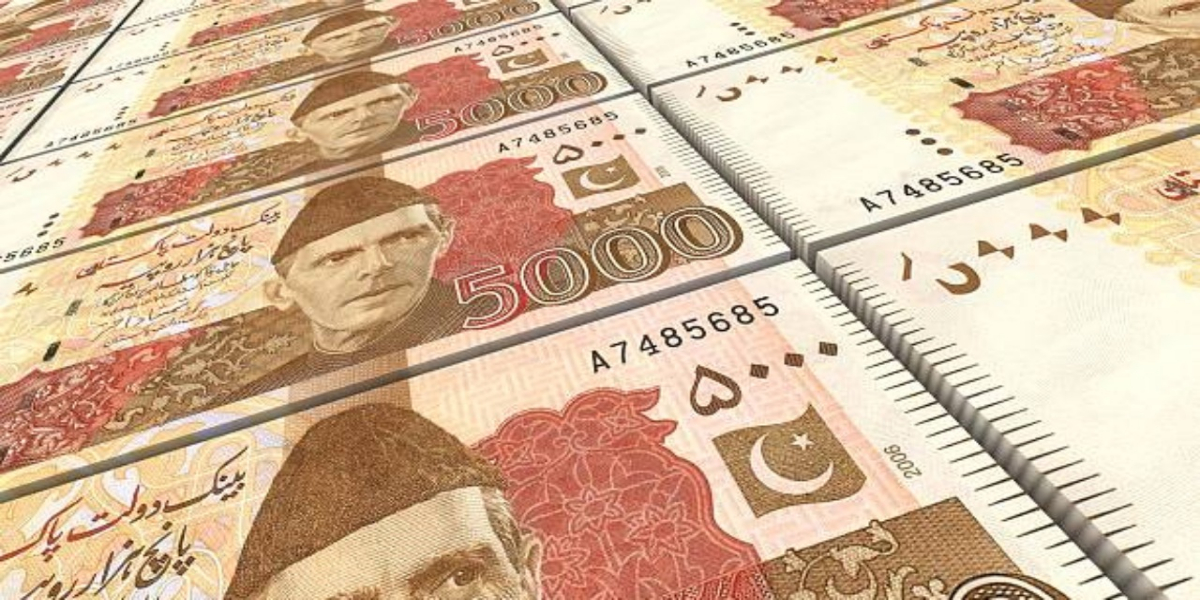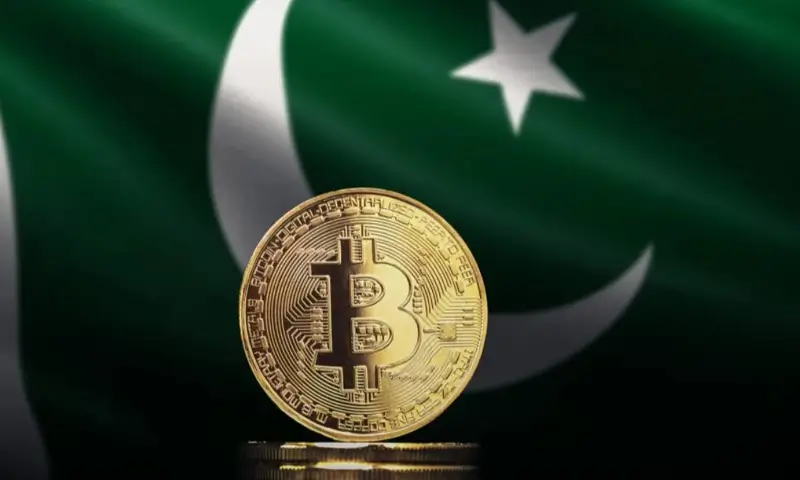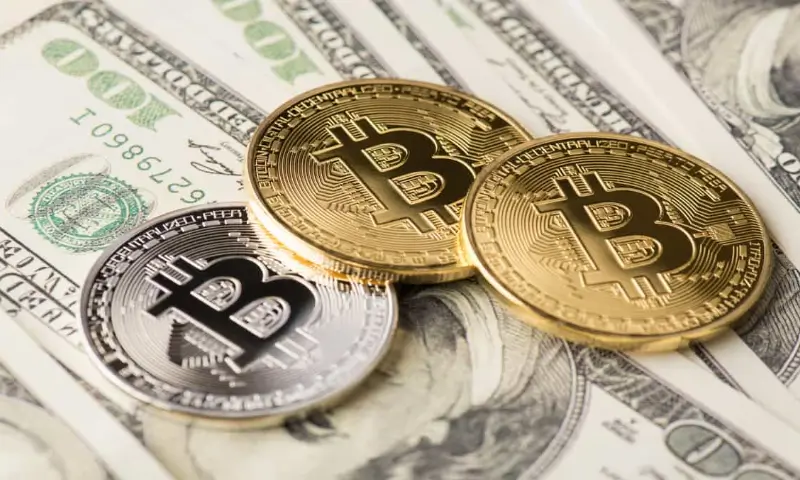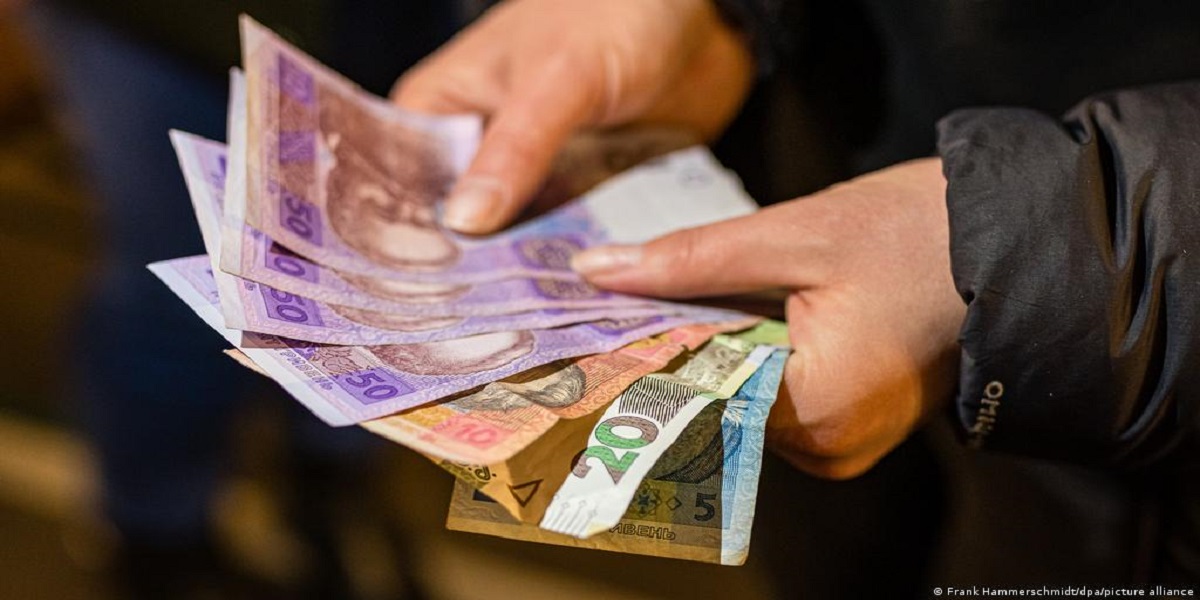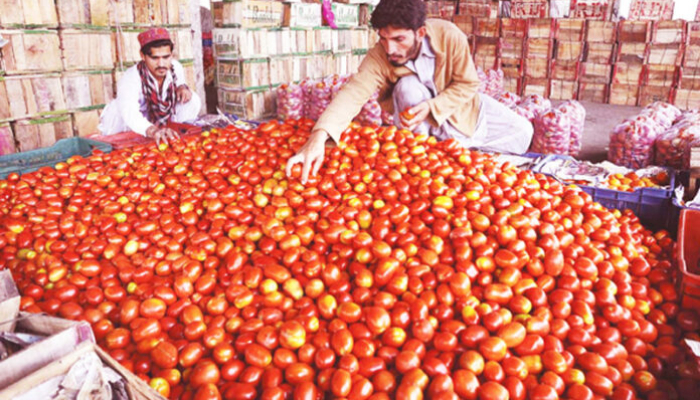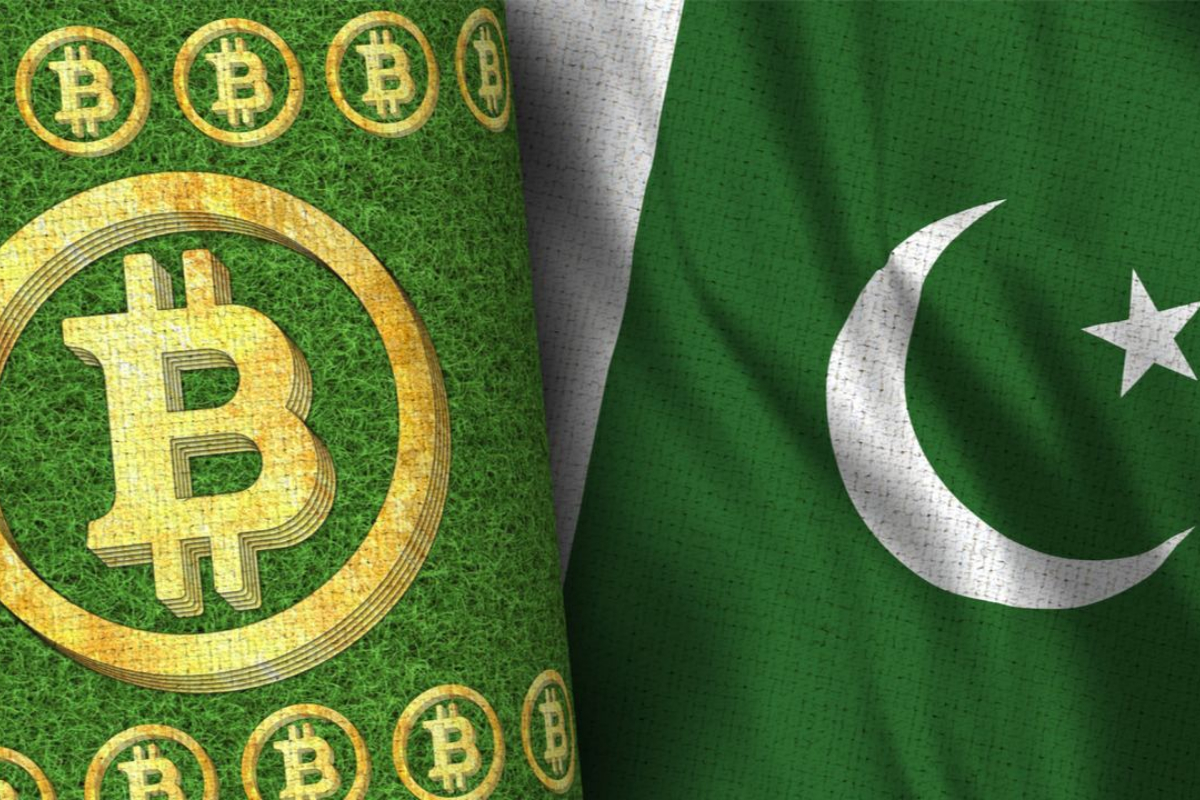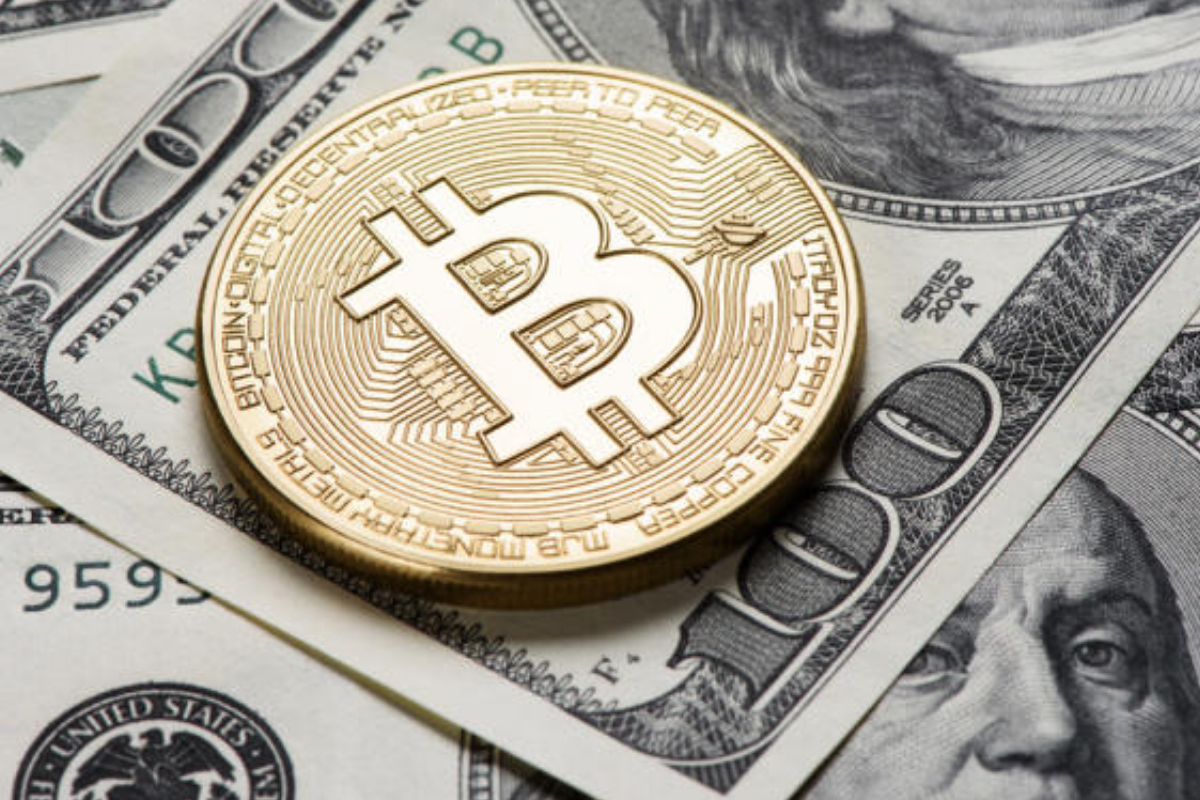KARACHI: The Pakistani rupee continued its downward trend to register the fourth straight loss against the dollar, amid reducing forex reserves, and the lack of clarity regarding the talks with the International Monetary Fund (IMF), dealers said.
The local unit fell Rs1.05 to close at Rs186.97 to the dollar from the previous day’s closing of Rs185.92 in the interbank foreign exchange market.
The rupee was provided with some short-lived support during the previous week on account of an unprecedented increase in the key policy rate by the State Bank of Pakistan (SBP) coupled with other measures to curb the import bill of the country.
The central bank, on April 7, announced a significant increase in the key policy rate by 250 basis points to 12.25 per cent from 9.75 per cent in an emergency meeting of the Monetary Policy Committee (MPC).
The central bank also imposed 100 per cent cash margins on 177 items in a bid to curb their imports, which helped easing pressure on the rupee and reducing trade and the current account deficits.
However, with the depleting forex reserves of the country, rising import bill resulting in widening of current account deficit and the delay in talks with the IMF for the revival of the Extended Fund Facility (EFF) along with the delay in the rollover of Chinese loan kept the rupee under pressure, dealers added.
The local currency hit the historic low of Rs188.18 on April 7, as the country faced the worst political crisis resulting in uncertain economic conditions.
The foreign exchange reserves of the country are witnessing a continuous decline. Pakistan’s foreign exchange reserves hit a 22-month low after falling for nine consecutive weeks to $17.03 billion.
According to the data released by the SBP, the foreign exchange reserves of the country fell $449 million to $17.028 billion by the week ended April 8, 2022, compared with $17.477 billion a week ago.
The foreign exchange reserves were at $17.971 billion by the week ended June 26, 2020.
Pakistan’s foreign exchange reserves have declined $10.23 billion in the last seven months, owing to extreme pressure of the dollar demand for import payments and external repayments of government debt.
The country is a net importer of petroleum products and any increase in the global oil prices directly affects the import bill of the country.
The global oil prices rose on Thursday as the European Union (EU) mulls a potential ban on Russian oil imports, days after diminished supplies from Libya rocked the market. Brent crude futures rose $1.11, to $107.91/barrel.
The ballooning current account deficit is another reason for escalation in the dollar value. Pakistan’s current account deficit ballooned to $12 billion during the first eight months (July – February) 2021/22 against a surplus of $994 million in the corresponding months of the last fiscal year.
Although the current account deficit narrowed to $545 million in February 2022, compared with the deficit of $2.53 billion in January 2022, the scheduled external repayments are still a threat to the balance of payment.
The local currency remained under pressure since the start of the current fiscal year. The rupee lost Rs29.43 or 18.68 per cent from Rs157.54 to dollar on June 30, 2021 to the current level of Rs186.97.
At the open market, the buying and selling of the dollar was recorded at Rs187 and Rs189 at 3:00pm PST.


